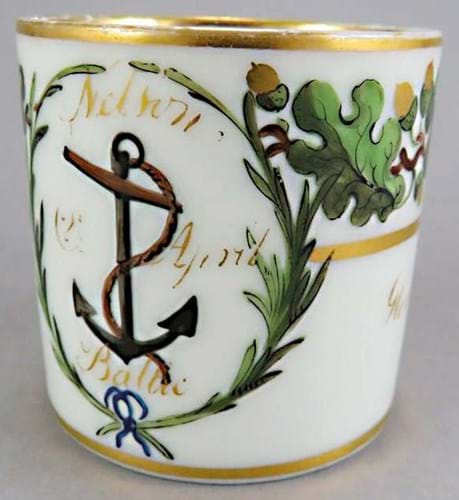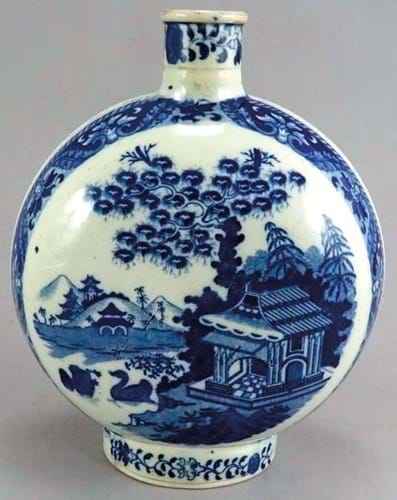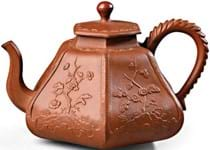Offered in the saleroom at in Bishton Hall, Staffordshire, it was painted on Paris porcelain, decorated with an oak leaf border and a fouled anchor with the word Nelson above and 2nd April, Baltic beneath – references to the day in 1801 when Nelson destroyed the Danish fleet at Copenhagen.
The sides read 14th February and Glorious 1st, remembering the Battle of Cape St Vincent in 1797 (at which Captain Nelson earned his knighthood and promotion) and the 1794 Battle of Ushant, in which Nelson actually played no part.
The origin of the Baltic Service is uncertain but it is generally believed to have belonged to Nelson himself. It is traditionally believed that the set – comprising both Copeland and Paris porcelain blanks embellished in a London decorating workshop – was part of a presentation of chinaware given to Nelson in 1802 by the Ladies of the City of London, when Nelson was invited to ride in the Lord Mayor’s Coach and attend a banquet in his honour.
A teaset was delivered to Merton, the house Nelson shared with Emma Hamilton, and is listed there in a 1805 inventory but other family members are known to have owned elements of the service. By descent from Nelson’s niece, Charlotte Nelson, Duchess of Bronté, the Lord Bridport’s sale at Christie’s in July 1895 featured many pieces.
Only occasionally do elements turn up for sale today. A teapot from the service sold for £28,000 (£35,000 with premium) at a Waterloo-themed auction held by Bonhams in 2015. With only light wear, the Hansons can with gilded edges was in fine condition and had been estimated at £200-300.
Transfer wares
The Bishton sale also boasted some good early 19th century transfer wares, not least a large 20in (51cm) blue and white Beemaster platter, c.1820, sold for £1450.
This sought-after early design is derived from a watercolour Swarm of Bees, Autumn by George Robertson (1742-88), which hangs today in the Cecil Higgins Art Gallery, Bedford. The maker is yet to be identified, although Adams has been suggested.
Pilgrim flasks are a scarce form but two featured in the sale: one in the blue and white Diving Duck pattern incised in the clay July 1807, Thomas Osbourne and another by Spode in the red and white Musicians pattern. They sold at £380 and £550 respectively. Dog bowls are also hard to find and a Minton example printed with Botanical sheet pattern went to a collector in the US for £380.
















